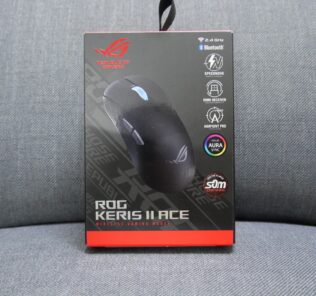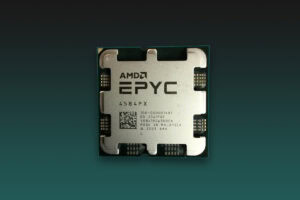ASUS TUF Gaming Radeon RX 7700 XT OC Edition Review – Overcompensated?
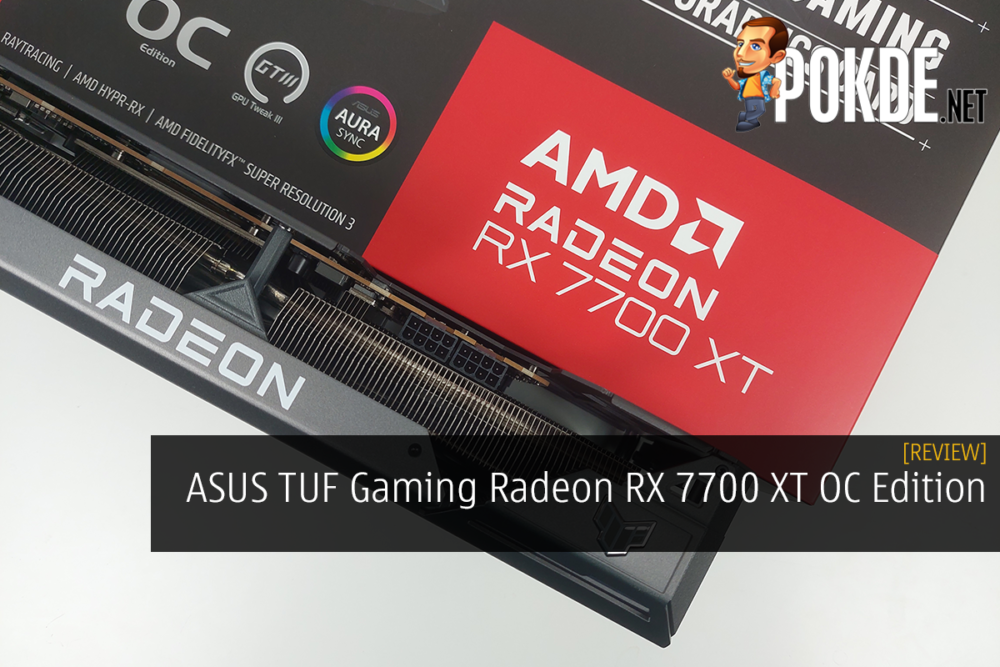
Since the Radeon RX 7700 XT has no first-party MBA (Made by AMD) design, AMD has sent us this: the ASUS TUF Gaming Radeon RX 7700 XT OC Edition. First impressions: it's huge. But we'll let the card do the talking.
3 years
$469
+ Fans are virtually silent
+ Included 2-in-1 GPU stand
+ Dual BIOS mode, plus other creature comforts
- Oversized
- Toasty VRAM
- 12GB VRAM may not age well
Recently we received this ASUS TUF Gaming Radeon RX 7700 XT OC Edition courtesy of AMD, since this is the sole model in the company’s RDNA3 lineup currently not offered with MBA (Made by AMD) variants. On paper, it looks like it have very similar specs to the RX 7800 XT – with just 6 less CUs, would this card be close enough to its higher-end counterpart in terms of performance? Let’s investigate.
Unboxing
ASUS’s TUF line of cards are not exactly known for being subtle or small, so naturally we have a box that is fairly huge for an upper mid-range GPU like this one. Similar to its GeForce counterparts, the box comes two layers – with the outer box serving as a label, while inner box is where the real deal begins.
A nice detail in the packaging: ASUS has put a small piece of foam that sits at the far end of the card where it’s just plain negative space between the PCB, the heatsink and the ‘exoskeleton’ chassis. It’s bright enough to catch the user’s attention, and there’s a good chance it’ll just slip out of the way as you lift the card up. Also, the card is entirely surrounded by layers of plastic film, which also comes with a reminder label to remove before use.
Inside the box, you get an assortment of cards, leaflets, and the things you need to get going – including a velcro strap for cable management, and a 2-in-1 screwdriver that also functions as a GPU stand. You’ll need it as you install this massive GPU into the case, given just how heavy (it weighs 1328g) and huge it is for a card that consumes ‘just’ 245W on paper.
Side note: ASUS may have made a mistake in the outer packaging by mistakenly labeling AMD’s Radeon Anti-Lag technology as “Ati-Lag”. Not a big deal – but it’s something worth pointing out.
Appearance
Let me be clear: this card is huge. It comes as a triple-slot, 320mm GPU that is going to be challenging to install in some SFF systems at the very least. Given its size, I expect some pretty good cooling (otherwise it’d be a waste of so much space occupied) – but we’ll get to that later.
As for the fans, it looks like this is the same 11-blade fan used in ASUS’s ROG models (here’s ROG RTX 4070 for reference), which features a smooth curve across the blade’s length. Meanwhile, ASUS’s RTX 4070 counterpart has a slightly different fan blade profile where it’s more wave-shaped, though both maintains the same 11-blade layout and the fan ring to increase stiffness (for airflow stability).
At 320mm, it’s visibly longer than the TUF RTX 4070 Ti we reviewed previously (at 305mm), albeit it did shave 5mm of thickness compared to that card, making it exactly a 3-slot card at 60mm thick. Despite that, you can still find quite a bit of negative space which perhaps can be better utilized (and do away with the foam in the first place).
The back of the card reveals a few cutouts, each for different purposes. The first one is the BIOS switch on the lower left corner, where you can flip between Quiet or Performance mode – but I assure you that you can simply flip it into Performance mode and forget about it (more on that later). The second cutout is where a pair of PCIe 8-pin connector is situated, which gives enough room for the cables to bend; and the third one is the flow-through section of the heatsink for better cooling performance.
In terms of I/O, it’s pretty usual: you get a single HDMI 2.1 port, and as with all Radeon RX 7000 series GPUs, a trio of DisplayPort 2.1 ports which can on paper deliver resolutions well past 4K144 territory. Monitors exceeding this resolution has started to pop up, which means these ports can finally stretch their legs for real. However, it’s worth noting that only two DP 2.1 connections can be active at the same time, as the third one will fall back to the current-day DP 1.4 standard, which can still deliver 4K120 on its own.
Some extras: the card also comes with PCIe connection indicators, which lights up if the connection is either loose or not present. Like other TUF cards, the only spot for RGB lighting sits on the top right side of the card, which you can customize through the Armoury Crate app.
Specifications
ASUS TUF Gaming Radeon RX 7700 XT OC Edition
| GPU Core & VRAM: AMD Radeon RX 7700 XT |
|
| GPU Core Variant | Navi 32 XL |
| Microarchitecture | RDNA 3 |
| Process Node | TSMC N5 (GCD) TSMC N6 (MCD) |
| Transistors | 28.1 billion |
| Die size | 200mm² (GCD) 4x 36.6mm² (MCD) 346 mm² combined |
| Compute Units | 54 |
| Stream Processors | 3456 |
| Ray Accelerators | 54 |
| AI Accelerators | 108 |
| Cache | 48MB L3 (3x 16MB Infinity Cache) |
| VRAM Configuration | 12GB GDDR6 192-bit |
| Memory Bandwidth | 18Gbps, 432GB/s peak |
| Add-in board: ASUS TUF Gaming Radeon RX 7700 XT OC Edition |
|
| Game/Boost Clocks | 2276 / 2599 MHz (Default) 2425 / 2599 MHz (OC) |
| TDP (TBP) | Unspecified *245W TBP listed on AMD’s spec sheet. |
| Recommended PSU | 750W |
| Dual BIOS Mode | Yes |
| Display Outputs | 3x DisplayPort 2.1 1x HDMI 2.1 *Max output resolution: 7680×4320 (8K) @ 165Hz, 12-bit HDR **Only a maximum of two DisplayPort 2.1 connections is available concurrently – third DP output will fallback to DP 1.4 if the other two are running on DP 2.1 spec. |
| Power Connector | 2x 8-pin PCIe connector |
| Bus Interface | PCIe 4.0 x16 |
| Dimensions | 319.8 x 150.9 x 59.2 mm, 3-slot |
Test System
| CPU | Intel Core i9-13900K |
| Cooling | Cooler Master MasterLiquid PL360 Flux 30th Anniversary Edition Cooler Master MasterGel Maker |
| Motherboard | ASUS ROG Maximus Z790 HERO |
| GPU | ASUS TUF Gaming Radeon RX 7700 XT OC Edition |
| Memory | Kingston FURY RENEGADE RGB DDR5-6400 CL32 (2x16GB) |
| Storage | Samsung SSD 980 PRO 256GB (Boot) Kingston NV1 1TB |
| Power Supply | Cooler Master MWE Gold 1250 V2 Full Modular 1250W |
| Case | VECTOR Bench Case (Open-air chassis) |
| Operating System | Windows 11 Home 22H2 |
Performance
All benchmarks are done in out-of-the-box settings, unless otherwise specified. Games are tested under these settings (upscaling features such as NVIDIA DLSS, AMD FSR or Intel XeSS are turned off, unless otherwise specified):
- Forza Horizon 5 (RT ON)
Maximum settings (all settings maxed out to EXTREME preset when available, Ray Tracing set to EXTREME). - Forza Horizon 5 (RT OFF)
Ultra High preset – Ray Tracing turned off. - Red Dead Redemption 2
All settings set to ULTRA – slightly higher quality over ‘Favor Quality’ from the in-game settings slider. - Shadow of the Tomb Raider (RT ON)
HIGHEST preset. RT Shadows set to ULTRA (which overrides default Shadow settings). - Shadow of the Tomb Raider (RT OFF)
Same as the previous run – with the exception of RT Shadows turned OFF, with Shadow settings set to ULTRA instead. - F1 2022 (RT ON)
ULTRA HIGH preset. Ray Tracing is set to HIGH under this preset.
All benchmarks are tested under Performance BIOS, which applies factory overclocks to the GPU – unless otherwise specified.
*Note: the PNY XLR8 RTX 4060 Ti we used in the following benchmark comparison is the 8GB variant.
Synthetic Benchmarks
The RX 7700 XT is an interesting card when you look at it from the performance’s perspective. On paper, the 7700 XT comes with 54 Compute Units (CUs) – just 6 less than the 7800 XT, which uses the full Navi 32 die consisting 60 CUs. This is translated properly into synthetic benchmarks where raw compute counts, like all five of the figures in 3DMark here, which are roughly 10% behind – just like the core count suggests.
However, one exception in this chart is Superposition – the 7700 XT is 21% slower than the 7800 XT, but what gives? For that, let’s look at the 4K results, which should provide you a better context.
Gaming – 4K (3840 x 2160)
Generally, we’re looking at 15% deficit when you compare both Radeon cards here. What this data suggests is the effect of memory bandwidth dragging the 7700 XT down, not the power draw (the specs points out 7700 XT draws just 18W less than 7800 XT – so the effect of power draw versus core count is negligible).
The 7700 XT only comes with 12GB of VRAM paired with a relatively narrow 192-bit bus, and since there’s no GDDR6X involved here, the raw memory bandwidth (not taking Infinity Cache into account) can be relatively slower compared to the 7800 XT, which gets 16GB VRAM paired with a wider 256-bit bus (and full 60MB cache). The more frequent cache misses in high resolution scenarios like this one also makes the narrower memory bus more prone to bottlenecks on memory, be it bandwidth or even just plain capacity.
Gaming – 1440p (2560 x 1440)
Going down to 1440p resolution, and once again the 7700 XT sits nicely in between the likes of 7800 XT, 3080 Ti, 4070, and 4060 Ti 8GB. Interestingly – we see the 7700 XT almost matching 7800 XT in two of the three ray tracing runs, which is SOTTR and F1 2022. Forza doesn’t reflect the same result, so we think this might be to do with optimization, or memory bandwidth becoming less of a factor, which ends up closing the gap.
Gaming – 1080p (1920 x 1080)
In 1080p, SOTTR on both occasions has shown performance figures close enough to consider largely on the same category (although note that the ASUS card comes factory-overclocked, so a few extra frames more than stock 7700 XT is expected). The figures on the top half of this chart is more clear-cut, giving the 7800 XT a clearer lead over the 7700 XT.
Thermals
The first run involves a 10-minute Furmark stress test, under both Performance BIOS (top) and Quiet BIOS (bottom). The first thing we notice is that the power draw of the TUF 7700 XT is higher than the stock AMD Radeon RX 7800 XT we tested (TBP 263W, observed ~253W) – that is to say, it’s also higher than the 245W figures that AMD has set for this silicon (though ASUS never specified the TBP of this card in its spec sheet.) Quite odd, if you ask me.
In all four runs, the fans almost never go past 1,000RPM at all – which is kind of insane to think about when most GPUs hover in the mid-1000s. Though, as you can see, different BIOS profiles does make the fans behave in quite different ways, even under different kind of workloads. In Performance mode, the sustained fan speed goes as high as ~950RPM under maximum load, but something like TSE (which used ~235W on average) only made the fans run at 800RPM on average. Meanwhile, Quiet mode will let the fans settle at ~750RPM in both occasions.
Even at fan speeds this low, the temps never breached 70°C at any point under Quiet mode (and sub-60°C under Performance mode), which is very impressive, but also somewhat a given thanks to the massive size of its coolers. Still, this meant the card can easily handle idle loads without fans spinning – even though the idle power is a bit high to my liking, hovering around 42 watts (for reference, the TUF RTX 4070 Ti can sip just ~12W at idle).
Software
For GPU tuning, ASUS provides GPU Tweak III which enables some degree of TDP control, voltage control, core and VRAM overclocking and fan speed controls. There’s also the ‘OC Scanner’ function that gives you automatic overclocks, if you’re willing to push the card further. RGB is handled by ASUS Armoury Crate, as usual. As an AMD card, some of the functionality is also available through AMD Software itself, so you can just use that if you prefer it that way.
Conclusion
At this writing, ASUS Malaysia has yet to release this GPU for the Malaysian market, so we’ll refer to its US pricing which is currently $469 ($449 for stock variants). Given that TUF cards has traditionally priced higher on what the average market pricing dictates – which currently hovers around RM2,400 or so for this silicon – we expect the retail price of this GPU to come in the high 2000s.
That would make its price sitting way too close to the Radeon RX 7800 XT in practice – we’ve seen the average pricing of that card hovering in the high 2000s (albeit TUF’s own RX 7800 XT sits at RM3,179 today). However, it’s also significantly cheaper than any of the RTX 4070 offerings today, so the value proposition isn’t too bad, though you do have to account for weaker performance and higher power draw in general.
As for the GPU itself, one of the redeeming qualities is that you absolutely do not have to worry about noise performance – the fan speed is low enough that it’s very unlikely to exceed the noise floor of your room. However, there seems to be one oh-so-close aspect when it comes to thermals. The VRAM is running quite toasty, especially given the card’s size I would expect it to do better.
On the subject of VRAM, I do believe that AMD’s rather odd binning choice made VRAM the bottleneck of this silicon’s potential. On paper, having 10% less CUs should give you 10% less performance, but since the VRAM is cut down to 12GB (and runs on narrower bus), the deficit figures sit somewhere around 15% in practice.
By the looks of it, the Radeon RX 7700 XT’s performance target is aimed for a gap that no card realistically occupies, and that’s probably why it came with a specs that sits so close to its bigger brother. Would this make sense in practice? For the price, I think it depends on your priorities: if you prefer creature comforts over performance, then this card would be decent. However, if performance is what you’re after – maybe a less flashy RX 7800 XT variant will get that job done instead.

Special thanks to AMD Malaysia for providing the ASUS TUF Gaming Radeon RX 7700 XT OC Edition for this review.

















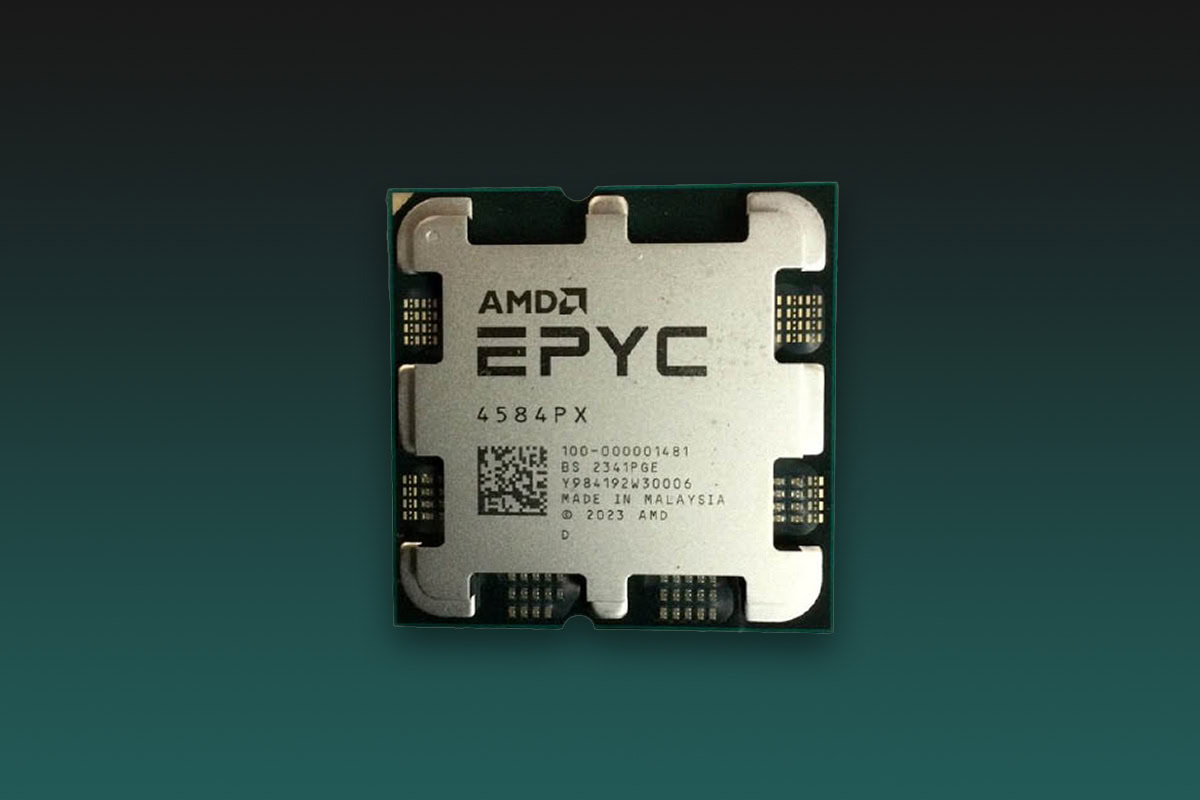
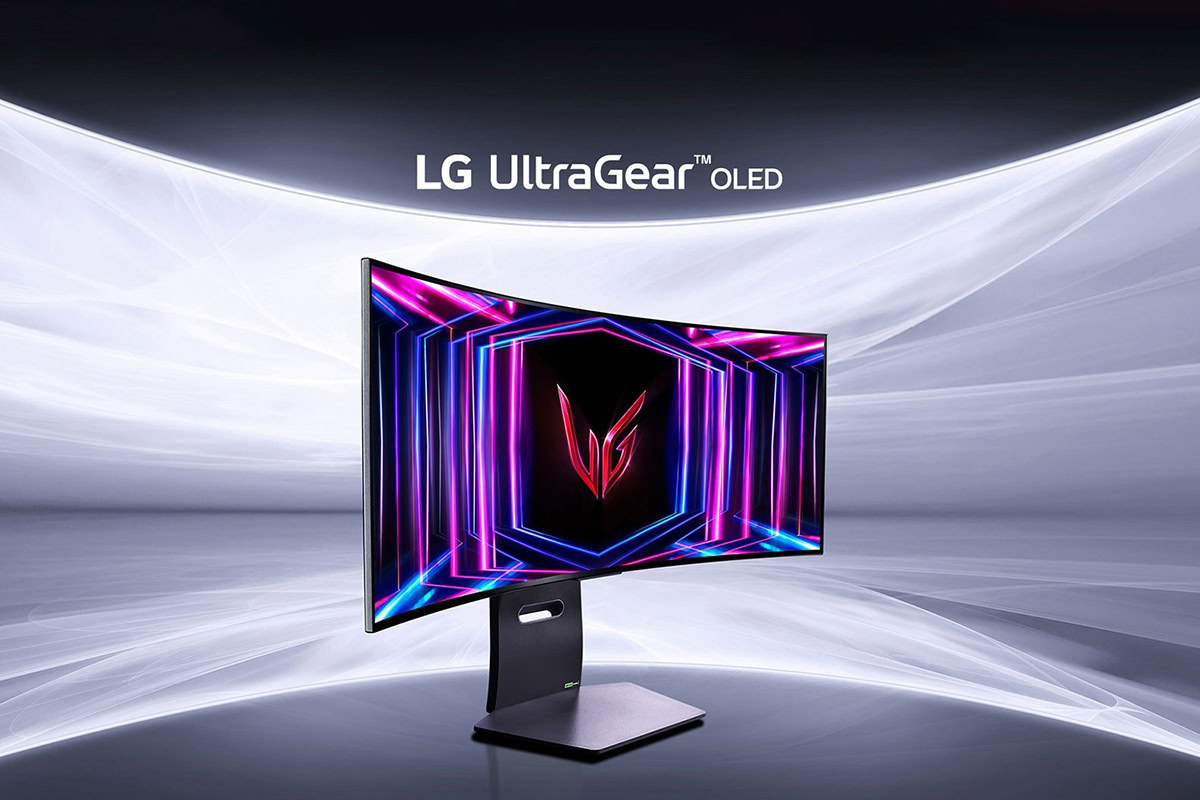

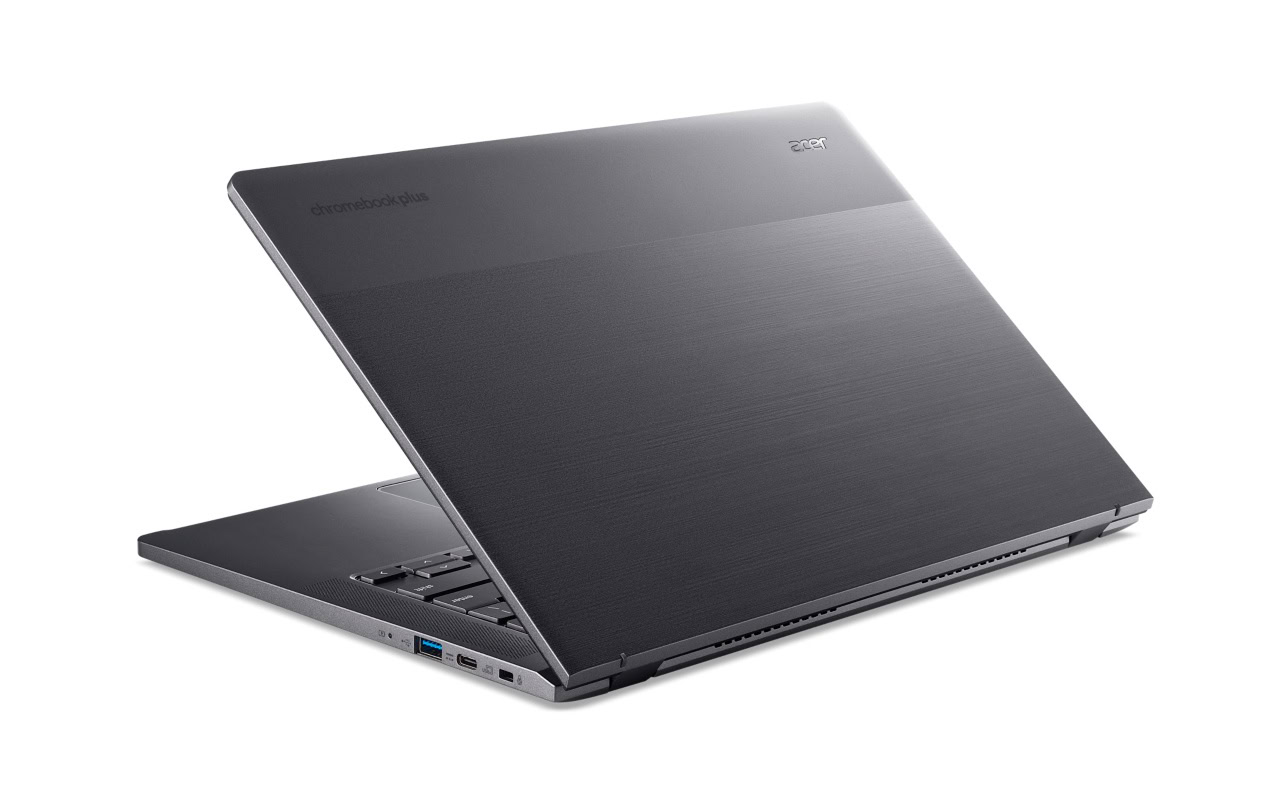



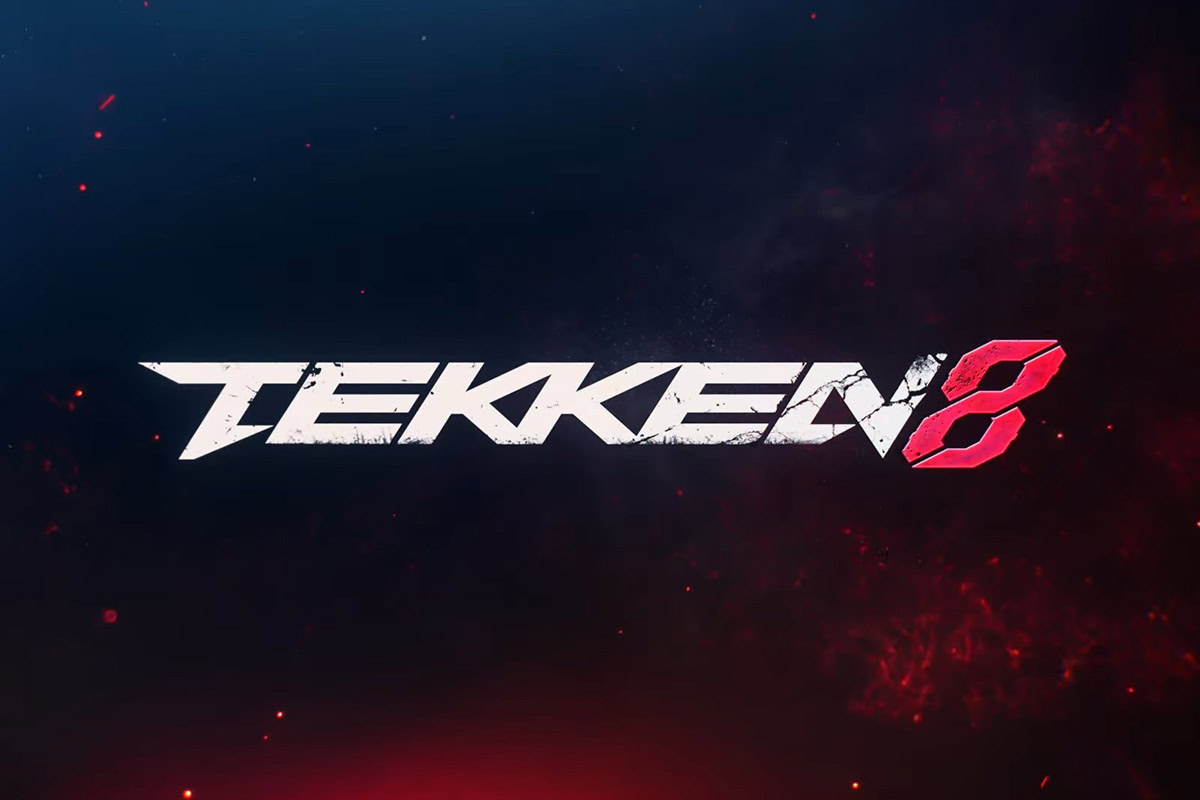

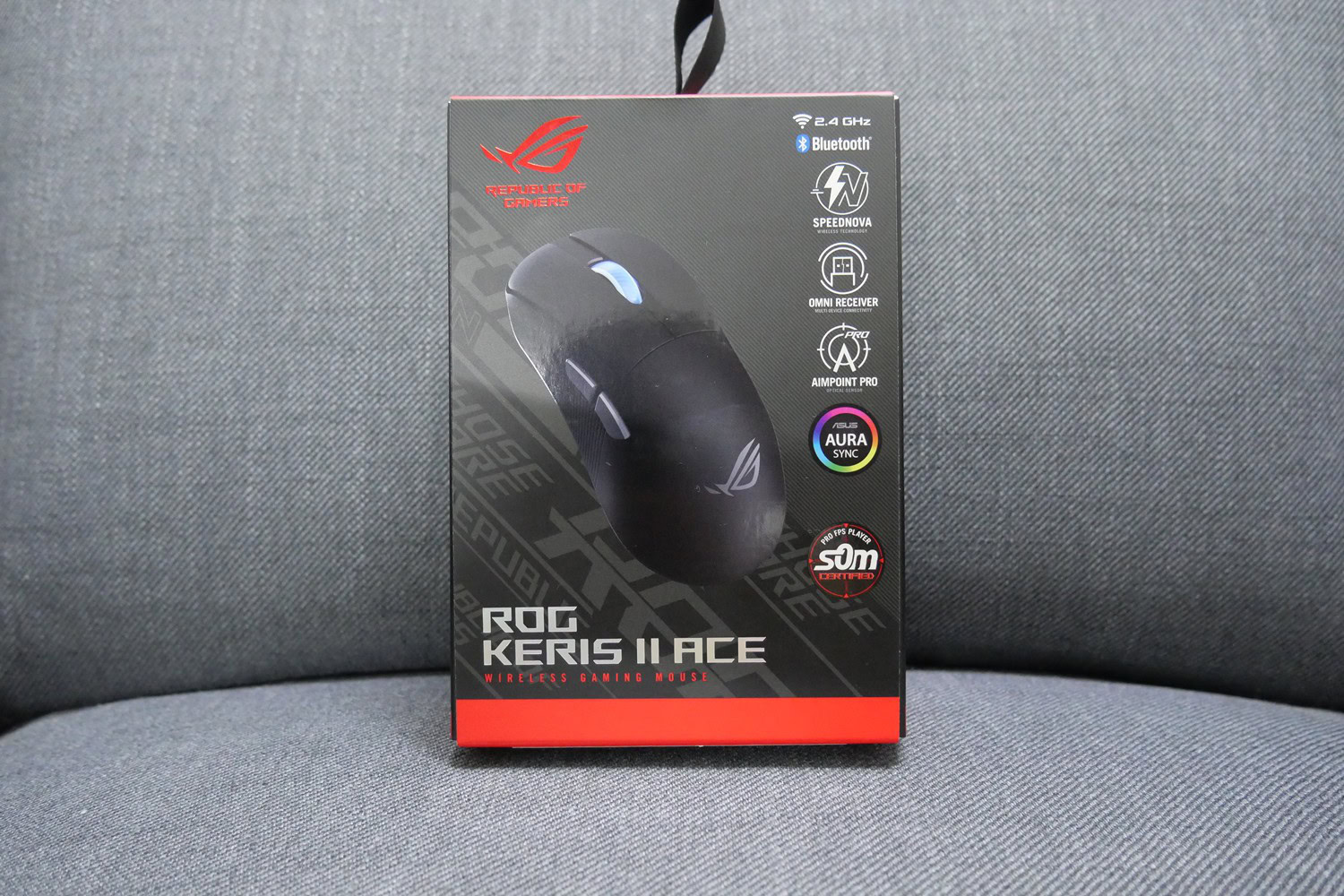
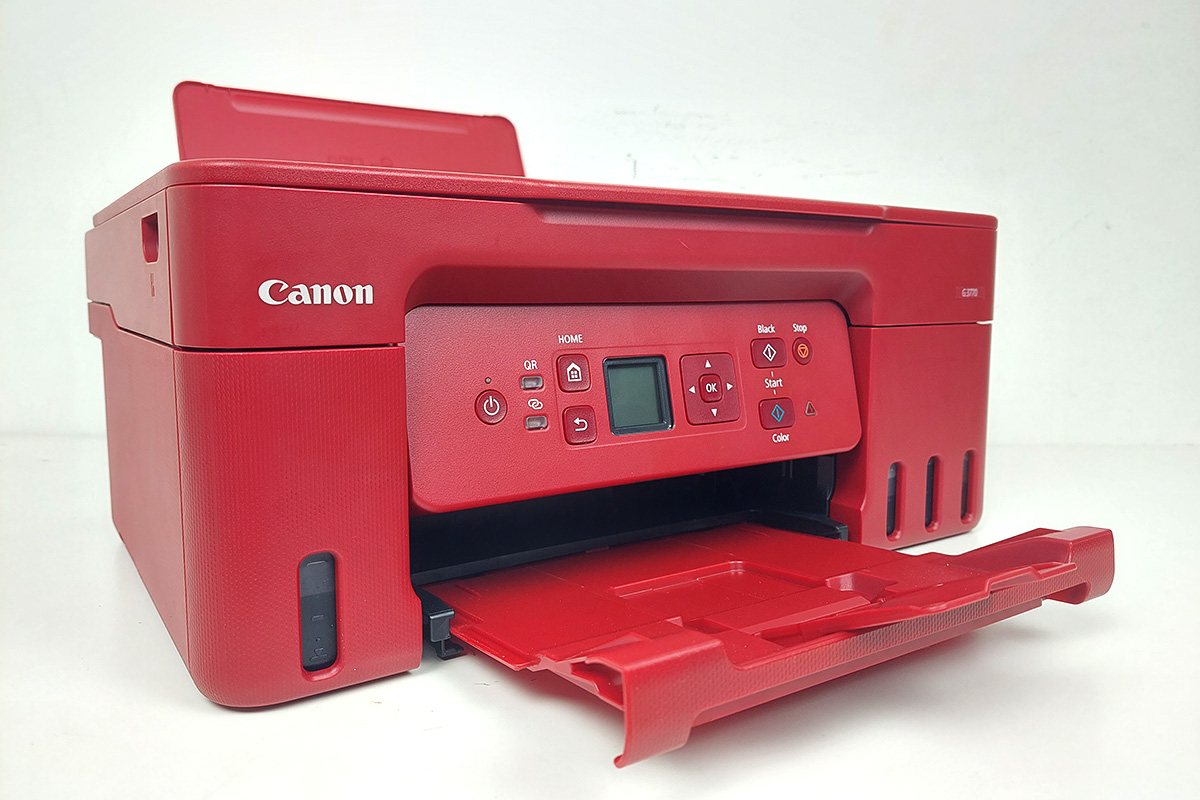






















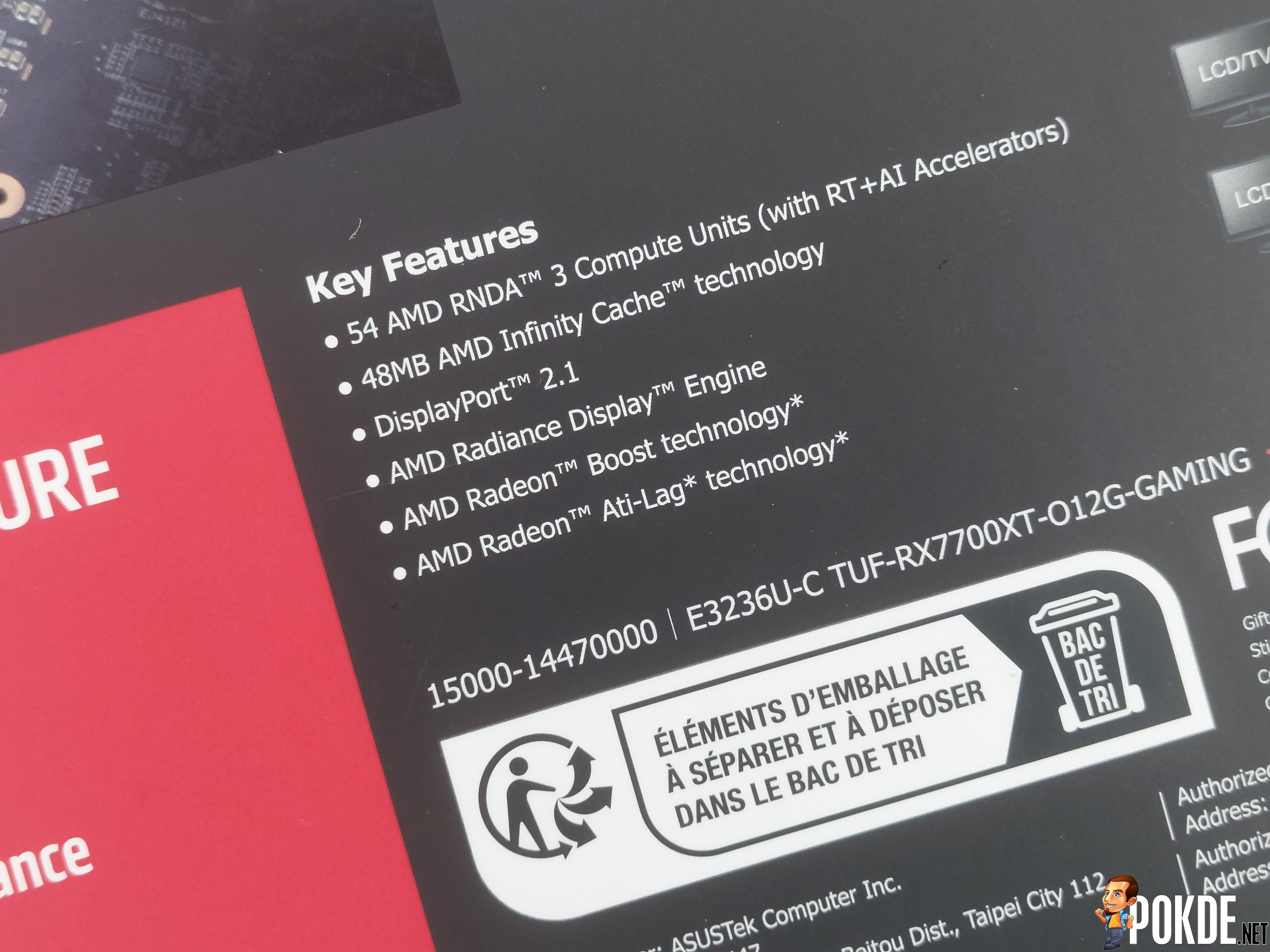
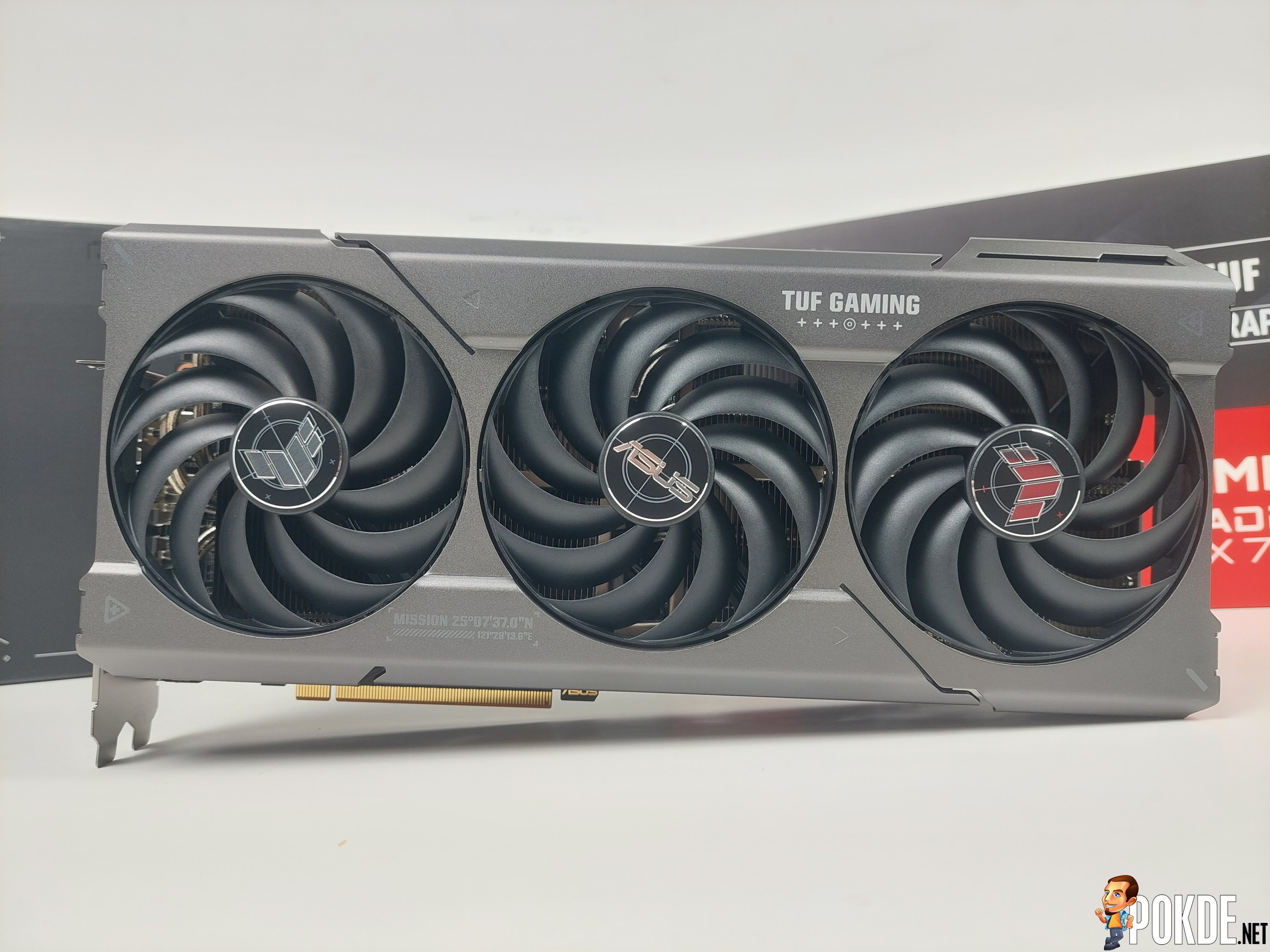
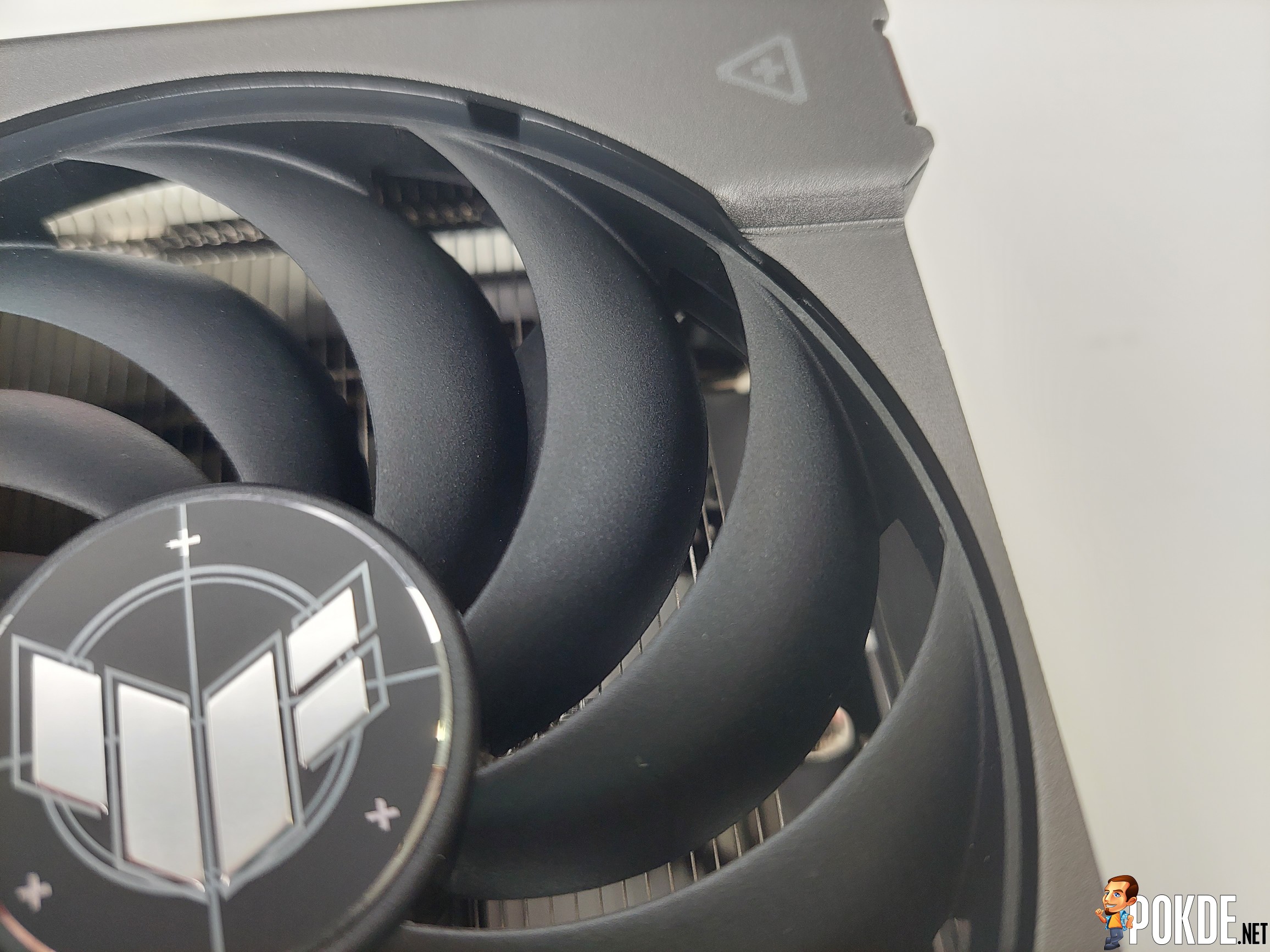





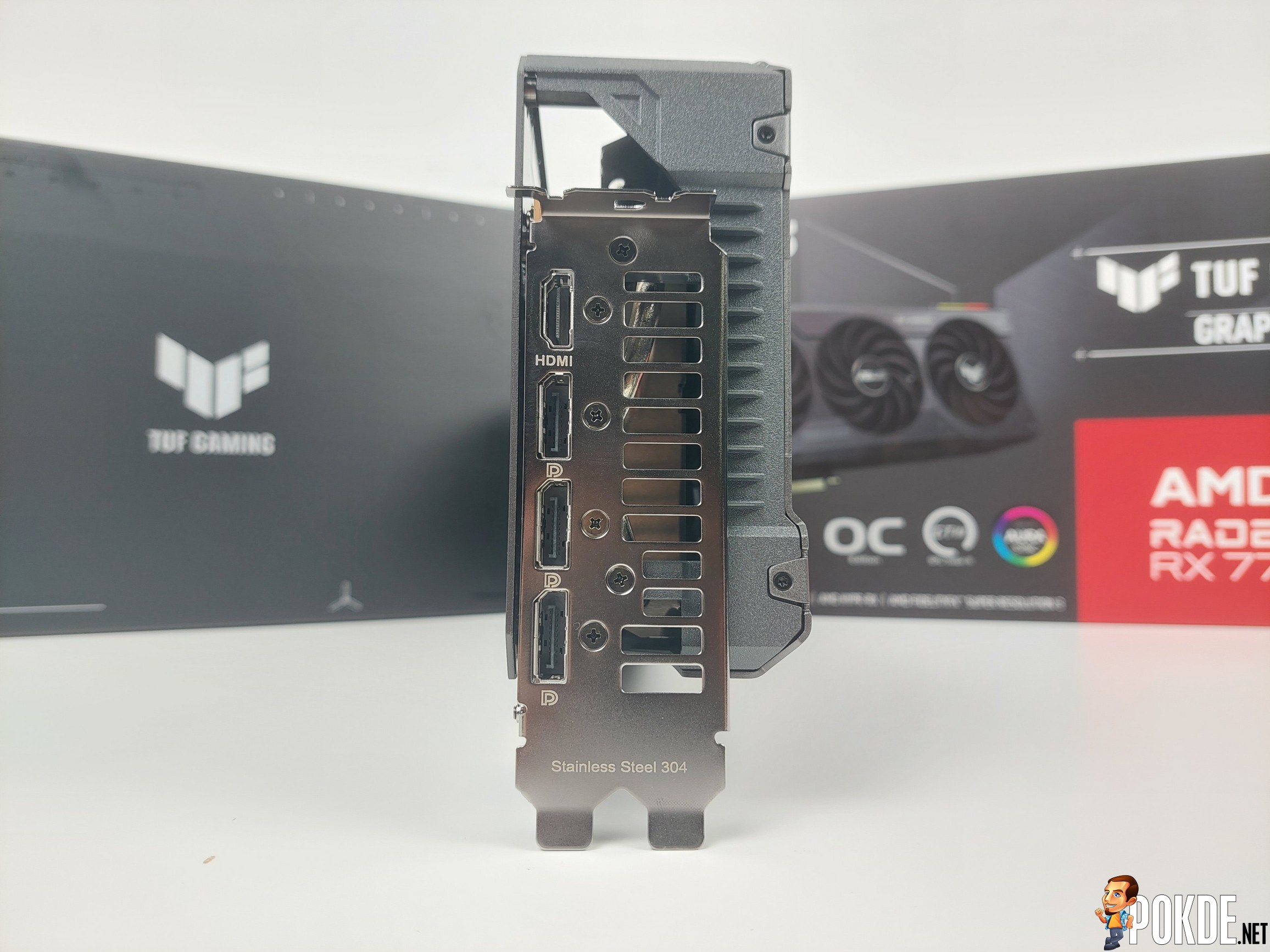


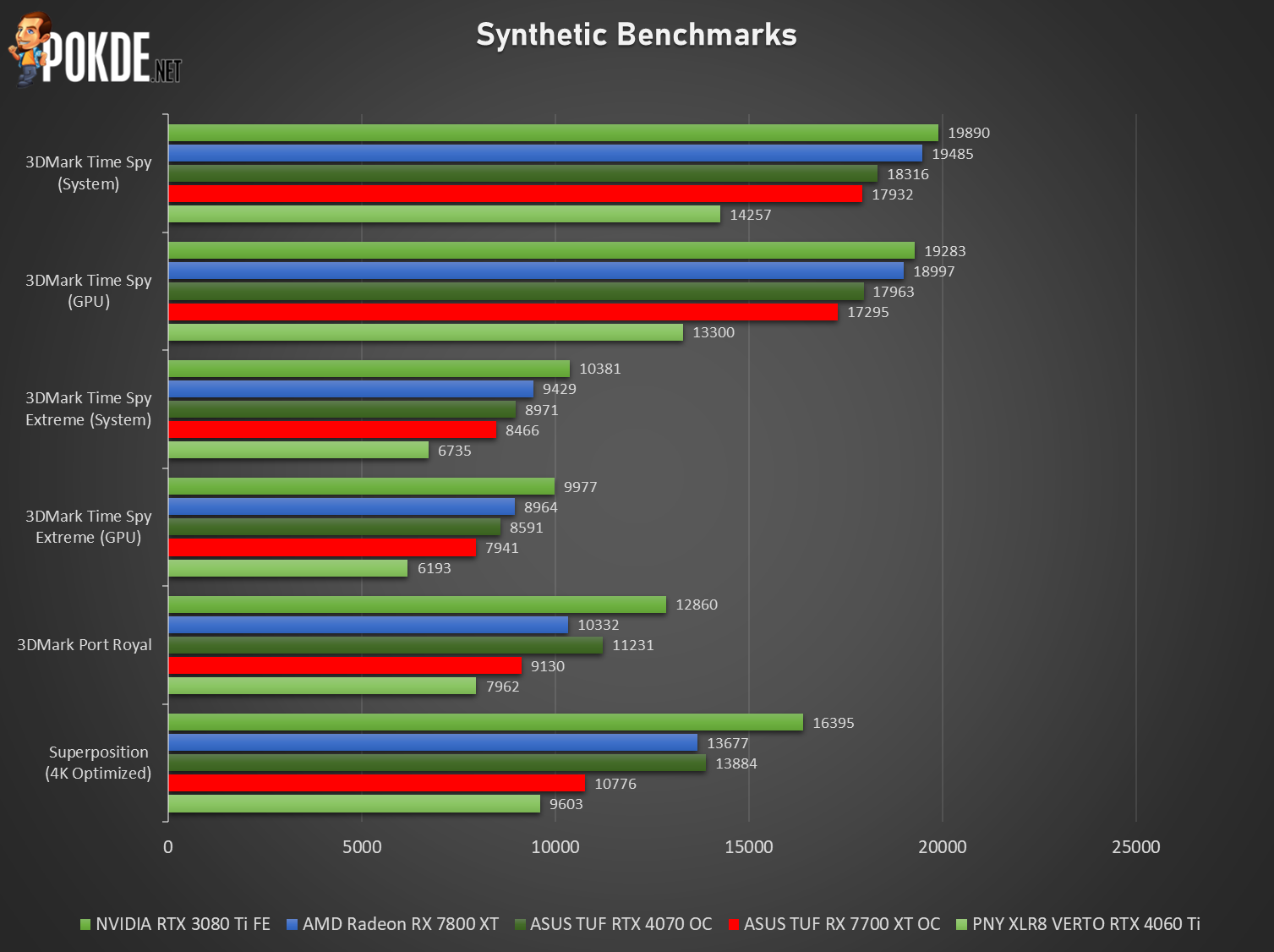
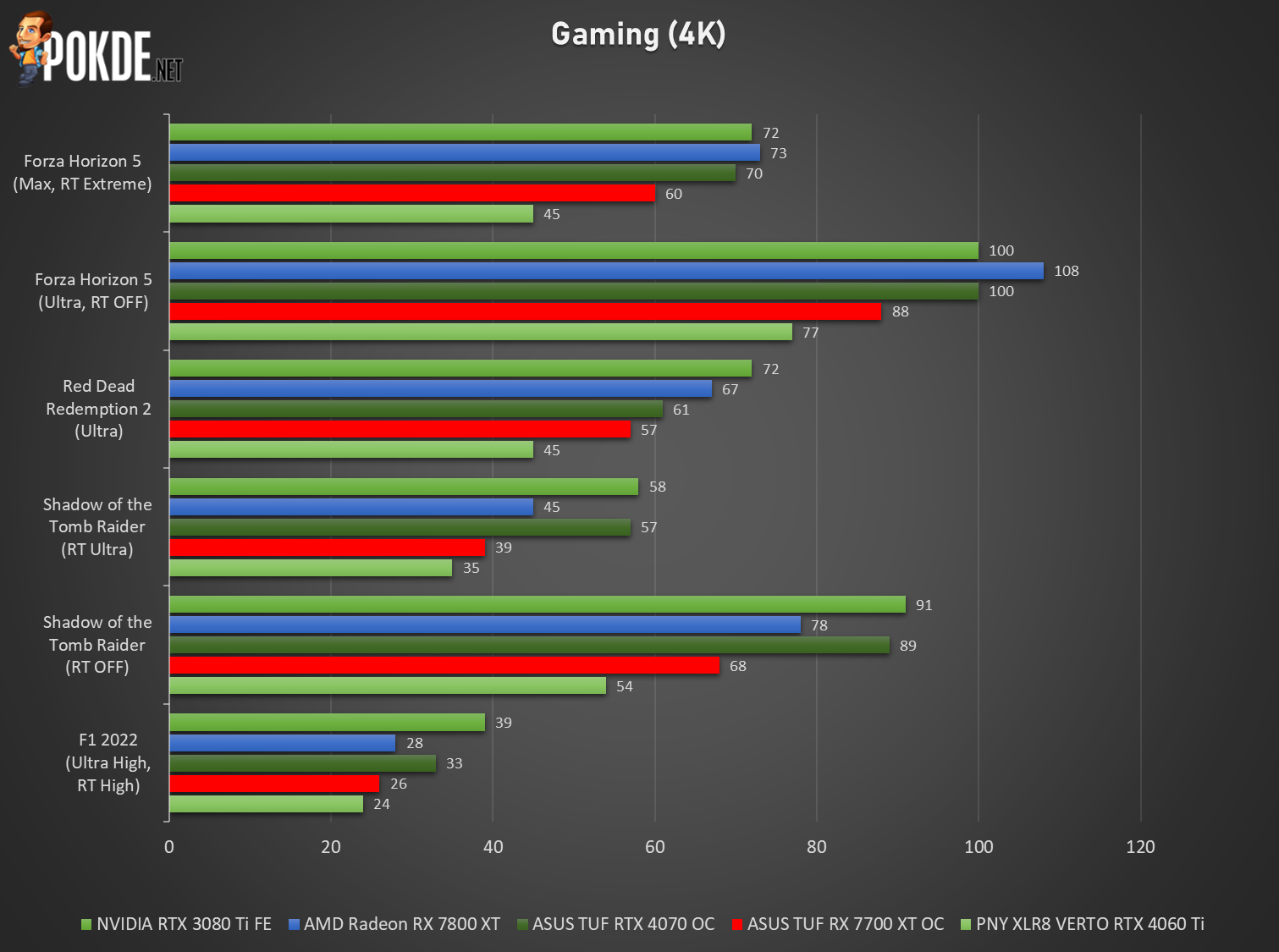
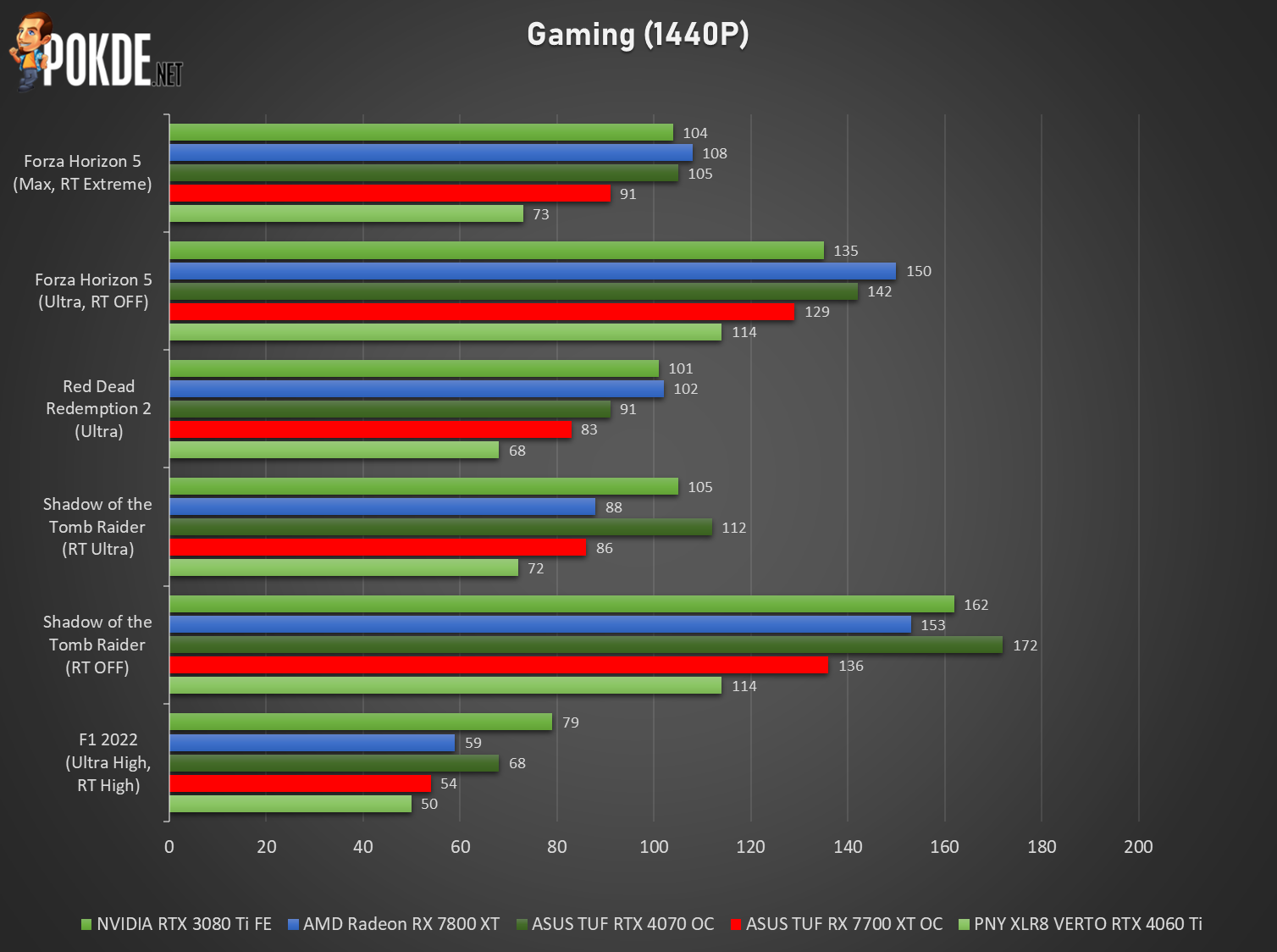
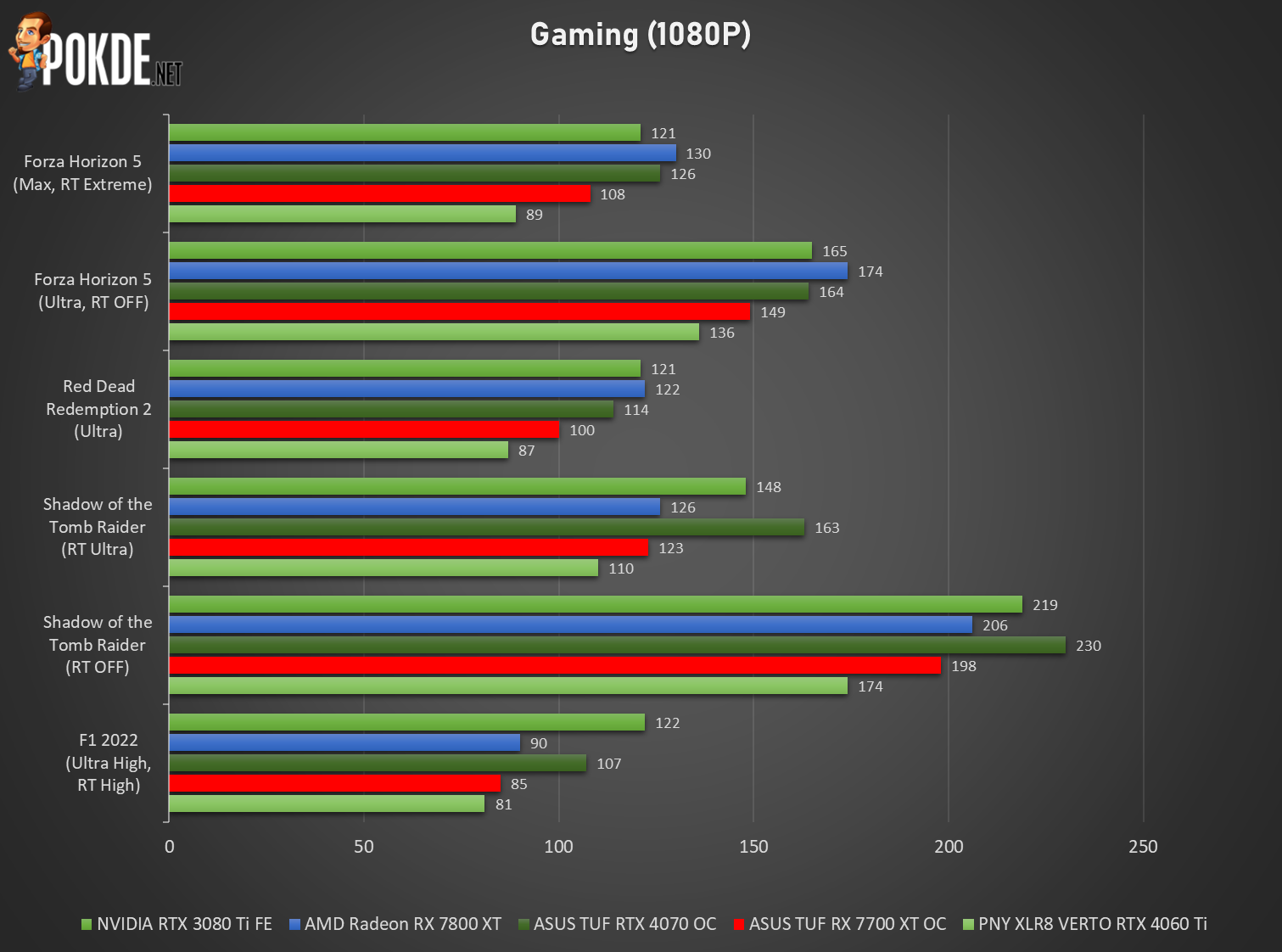









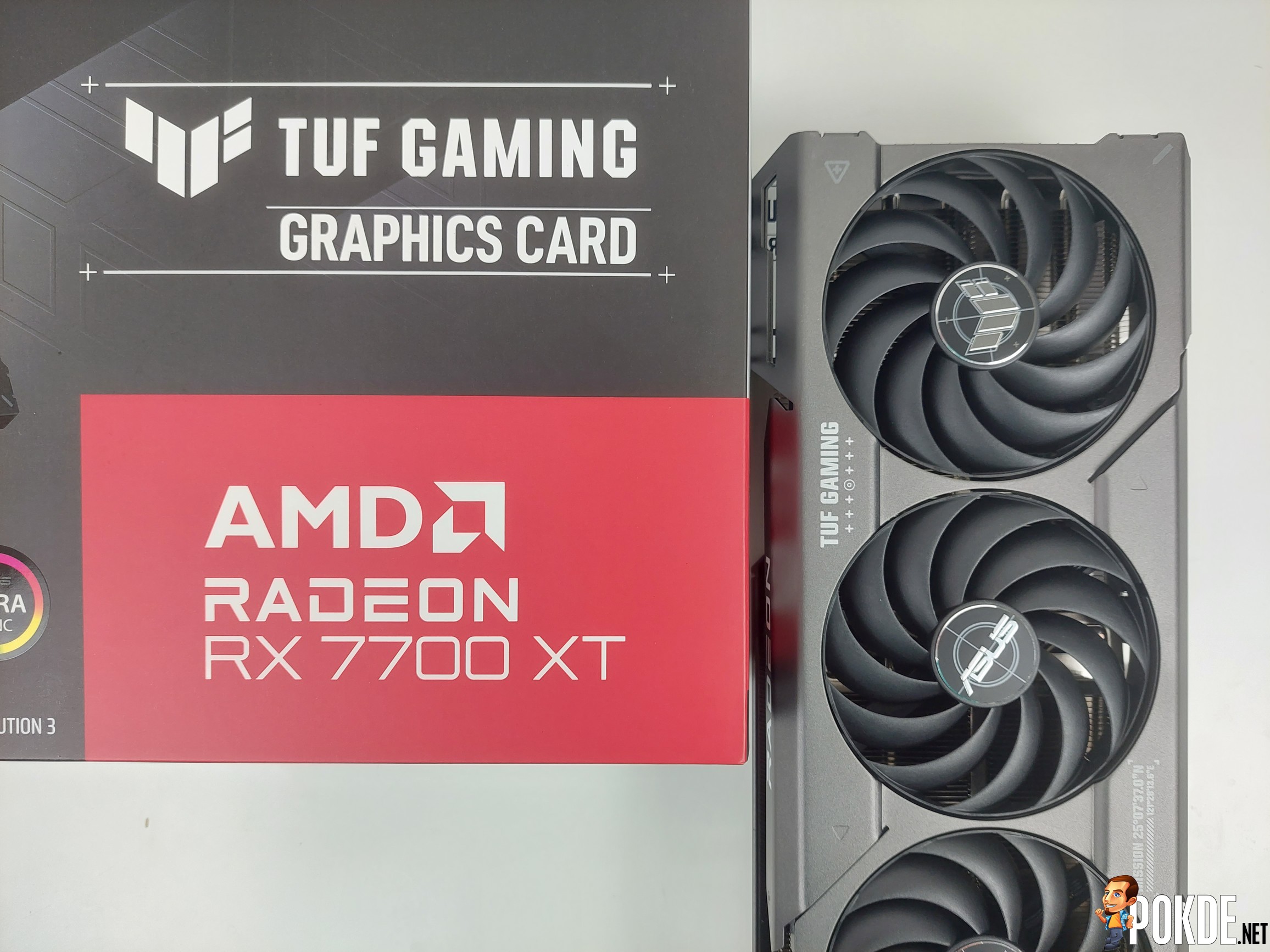
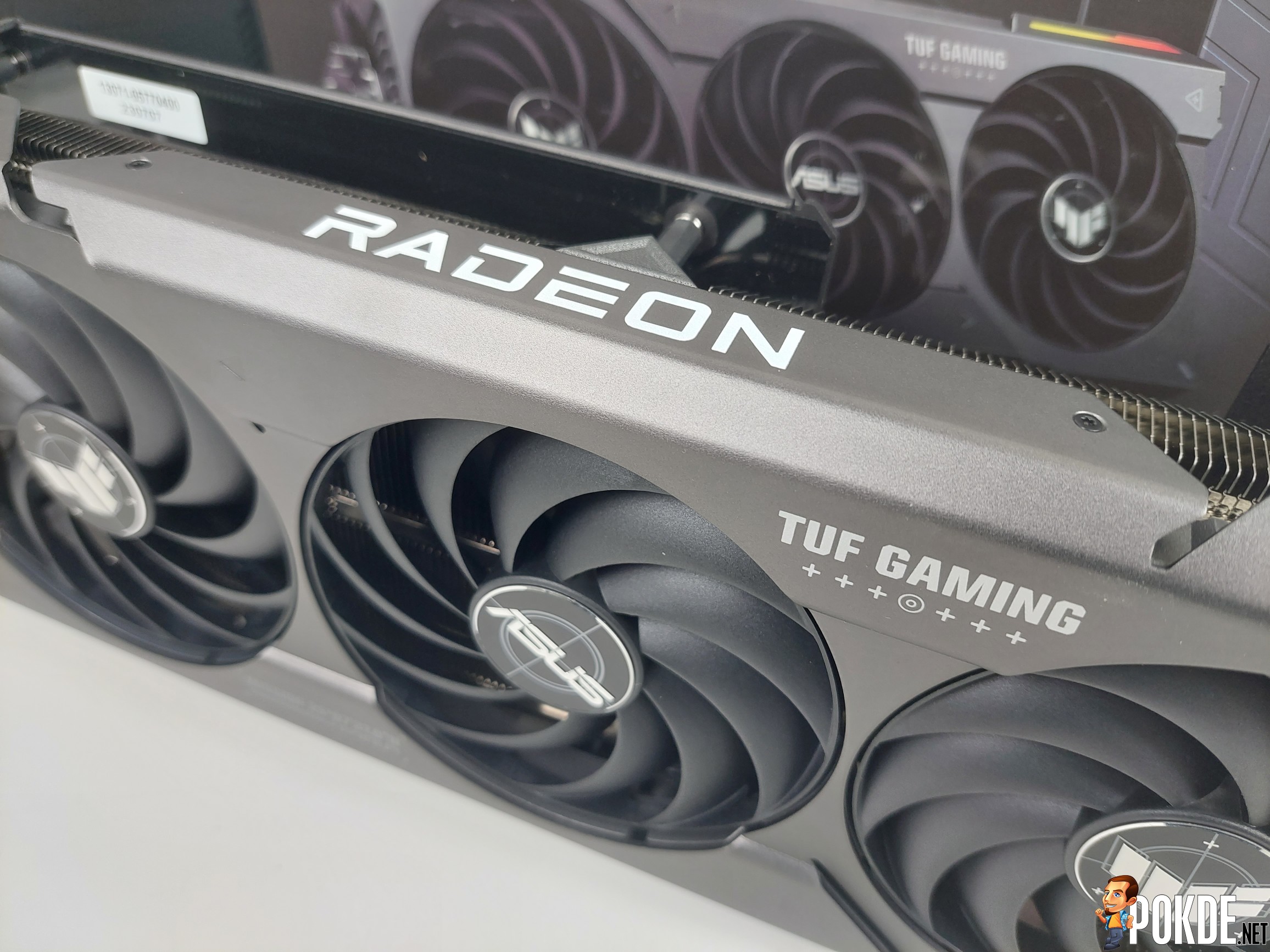
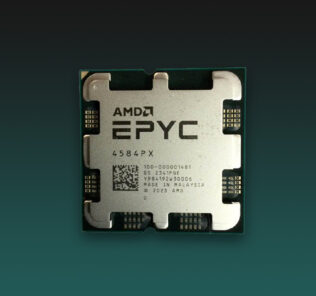

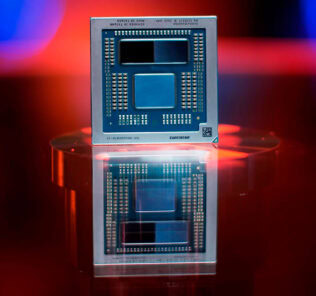

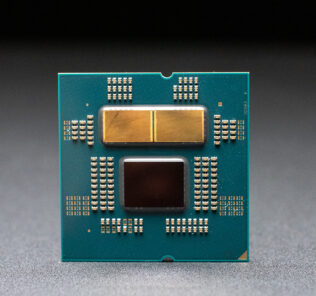
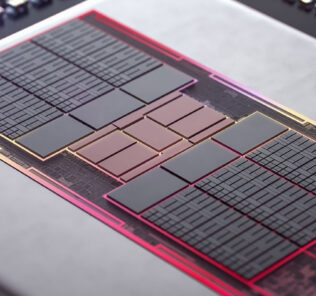
![ASUS TUF Gaming Radeon RX 7700 XT OC Edition Review – Overcompensated? [CES 2024] Samsung's C-Lab Unveils 15 Cutting-Edge Startups at CES 2024 53](https://pokde.net/assets/uploads/2024/01/samsungclab2024cover-68x60.png)



